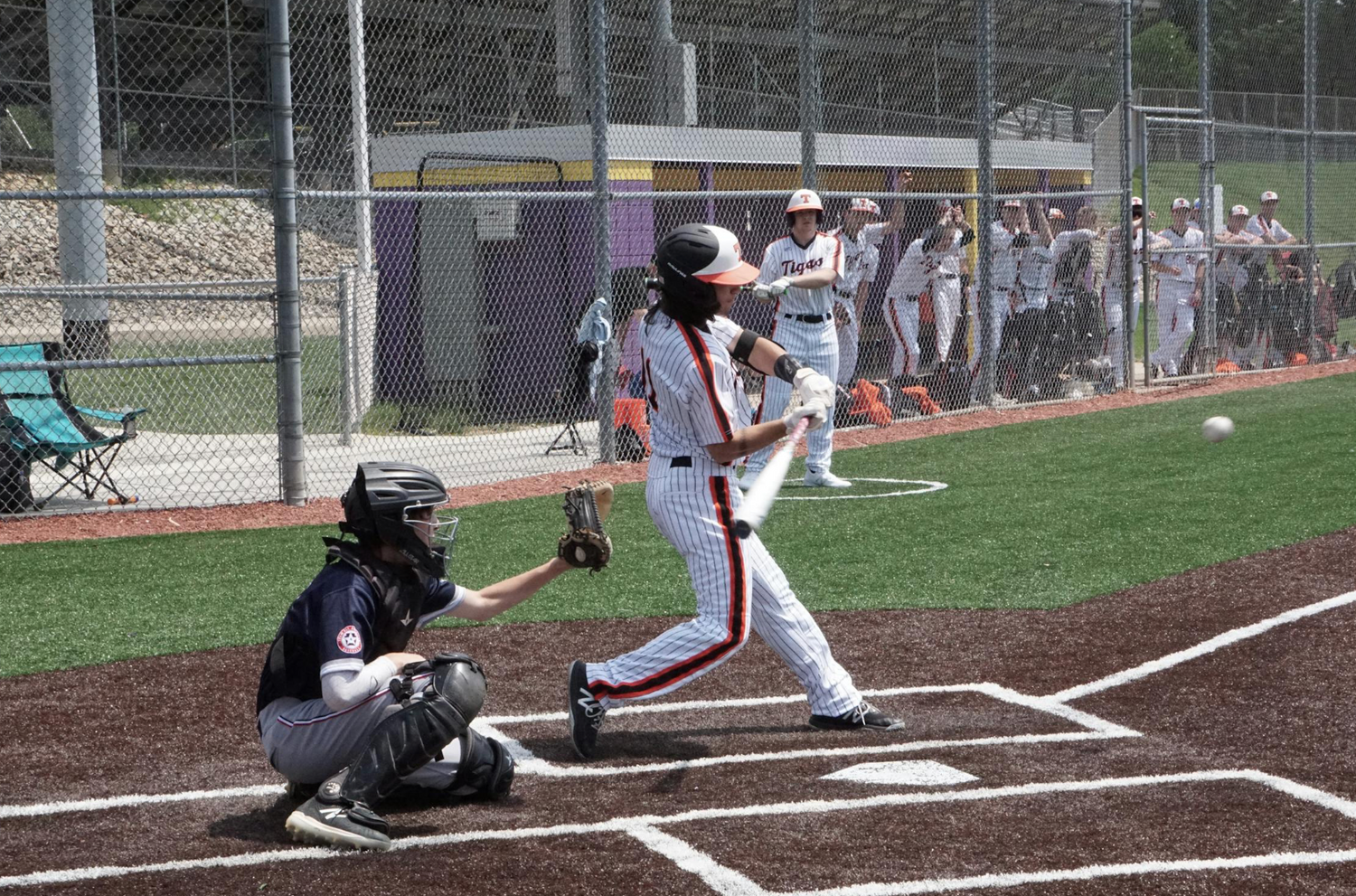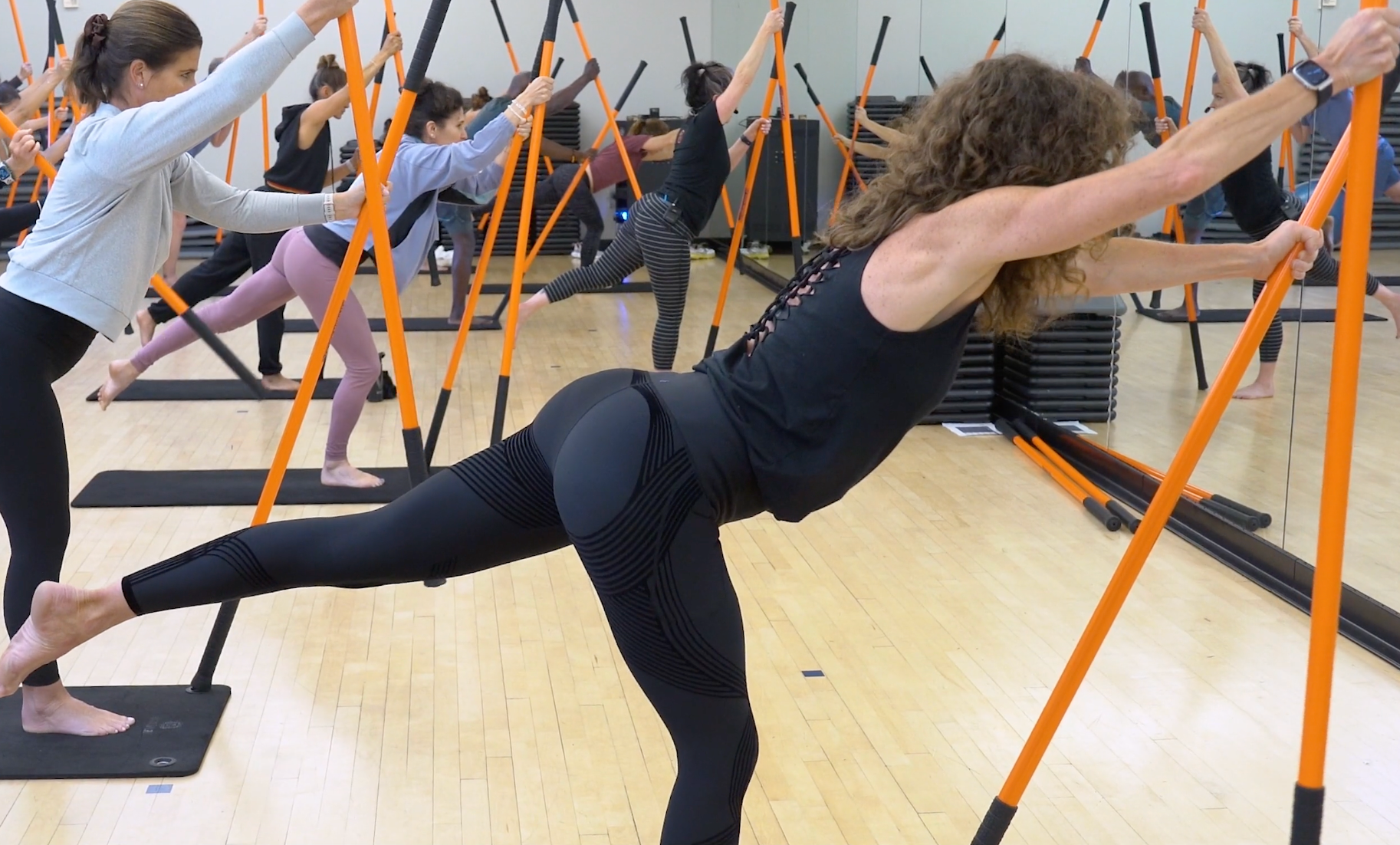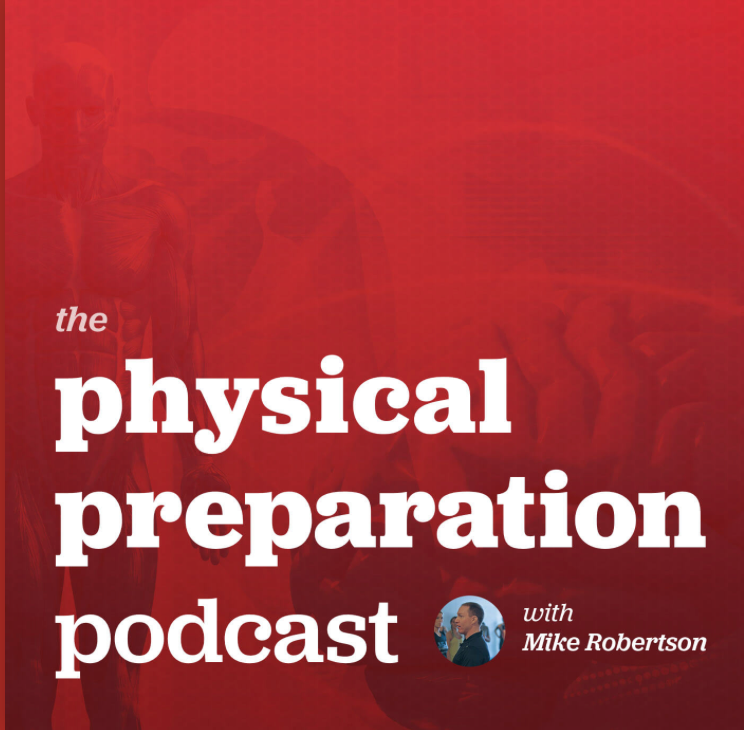Baseball demands a complex combination of strength, speed, agility, and precision. One often overlooked aspect of athletic performance is mobility training. Unlike flexibility, which focuses on the ability to stretch muscles, mobility emphasizes the range of motion within a joint, allowing for more controlled and functional movement. For baseball athletes, mobility training is essential to optimize performance, prevent injury, and enhance recovery.
Benefits of Mobility Training
-
Enhanced Performance:
Baseball athletes need a wide range of movements to throw, swing, sprint, and react effectively. Proper mobility in key joints, such as the shoulders, hips, and ankles, enables athletes to perform these dynamic movements with greater power and precision. For example, increased shoulder mobility can help pitchers achieve higher arm speeds, ultimately improving pitching velocity and control.
-
Injury Prevention:
High-intensity movements, repetitive actions, and explosive bursts put baseball athletes at risk for injuries, particularly in the shoulders, elbows, hips, and knees. A well-designed mobility training program helps maintain joint health by allowing muscles and tendons to move through their full range of motion, reducing the likelihood of strains, tears, and overuse injuries. In "Rebuilding Milo" by Aaron Horschig, mobility is a key aspect of addressing and preventing common sports injuries.
-
Improved Recovery:
After intense practices or games, baseball players need to recover quickly. Enhanced joint mobility allows for better blood flow and nutrient delivery to the muscles, which aids in the recovery process. Mobility exercises can also alleviate muscle tightness and stiffness that develops from repetitive actions, such as swinging a bat or throwing a ball.
-
Optimal Movement Efficiency:
Baseball requires efficient energy transfer throughout the body. Mobility training enhances the kinetic chain, allowing athletes to generate more force from their legs through their hips and core to their arms. This efficiency is crucial for both hitting and pitching, where proper force transfer can greatly impact power and accuracy.
-
Increased Longevity:
A baseball player's career can be extended through the maintenance of joint health and mobility. Regularly incorporating mobility work into training routines helps athletes maintain their range of motion, reducing wear and tear on the body over time.
5 Essential Mobility Exercises for Baseball Athletes
To build an effective mobility routine, it's important to include exercises that target key areas used in baseball. Here are five essential movements utilizing Training Sticks by Stick Mobility:
Psoas And T-Spine Rotational Stretch
- Purpose: Enhances mobility in the upper back, which is critical for rotational movements like pitching and swinging.
- How to Perform:
- Start in a half kneeling position, facing a wall, left knee up.
- Right foot extended back and pushing down with tension.
- Left hand holding Stick at 11 o’clock against wall with light tension.
- Drive the right hip forward.
- Right hand reaches across body and presses Stick into a flex.
- Hold for 6-10 reps, 3-4 reps per side.
More details: This rotational stretching drill works the psoas major, thoracic spine, posterior oblique sling, and also stretches the superficial back, superficial front, and fascial arm lines. During this drill, the Training Stick provides support, allowing you to access a greater range of motion using good leverage to overcome the body’s resistance to bend in certain directions. Holding onto the Stick and driving it into the wall activates your grip and trunk power which increases irradiation.
- Purpose: Improves hip mobility, which is essential for powerful pitching and batting stances.
- How to Perform:
- Start in a 90/90 position on the floor – right foot back, left leg bent out in front.
- The Stick is outside the left knee, left hand is gripping high on the Stick.
- Right hand reaches across the body on Stick for support.
- Maintain good posture and hang.
- Hinge forward thinking long spine.
- Add rotation to both sides.
- Perform 5-10 reps per side, option to add a hold at end range.
More details: Improve your hip strength and mobility with the Shin Box 90/90 stretch. Work on internal and external hip rotation, hip disassociation, balance, activate the glute muscles, and improve the length of the hip flexors. Perfect for helping your body counteract the debilitating effects of prolonged sitting. Reduce your chance of injury and low back pain, increase your range of motion, and make your lower body strength exercises (lunges, squats, deadlifts, etc.) more efficient with this sequence of stretches.
- Purpose: Increases shoulder mobility and stability, reducing the risk of injury during throwing.
- How to Perform:
- Part one – In a wide stance, holding the Stick at ends, perform a kayaking movement backward and then forwards.
- Run through 5-10 reps per direction.
- Part two – Wide stance, palms down holding Stick wider than should width out in front.
- Raise the Stick overhead while pull it apart.
- Slide the Stick down behind the head, left arm stays straight while right arm bends at the elbow.
- Maintain the trunk and switch sides for 5 reps per.
- Part three – Place the Stick behind back in the crooks of elbows and in a staggered stance.
- Hands placed on the belly area in a good posture.
More details: This three-part arm care drill focuses on preparing for or recovering from overhead movements like throwing. Great for anyone who wants to improve shoulder mobility and strength, but especially for athletes who work their arms during the game. Opens up and activates the rib cage, lats, triceps, chest, and shoulders as well as the hand and arm lines. Begins with light Kayaks to lube the joints and get the blood flowing. Goes through some Half Shoulder Dislocates to work on shoulder mobility. Finishes with T-spine rotations in a staggered Crooks of Elbows position to tie in the hip connection, up through the slings, to the shoulder. Cervical rotation can also be achieved by simply keeping your still and centered while rotating. When using this drill as recovery, remember to keep it light. If we were activating to get ready to throw, we would push harder to get the muscles primed and activated.
- Purpose: Relieves tension in the hip flexors, which can become tight from running and defensive stances.
- How to Perform:
- Lie supine with your right leg extended forward.
- Bend the left leg at 90 degrees and dorsiflex the foot.
- Palms down, press the Stick into the left leg and maintain tension.
- Perform internal and external rotations at the left hip joint.
More Details: Strengthen the hip flexors, improve the internal and external rotation of the hips, and work the core and pelvic floor muscles with this drill. Hip flexors make up an important part of your body’s core muscles. Proper flexion and stabilization of the hip flexors are required for even standing and walking. They attach to the spine, helping stabilize it, and power many movements we perform. This drill is great for warming up or actively recovering.
- Purpose: Improves ankle mobility, important for sprinting, changing directions, and proper squat mechanics.
- How to Perform:
- Place your feet together with Training Stick out in front and arms extended.
- Sticks are at 11 and 1 o’clock and slightly angled back to the body for a natural arm drive.
- Place the right foot back with toes to the ground with the heel being perpendicular.
- Elevate the left heel slightly and hold for ~ six seconds; repeat for 3 reps and repeat on the other side.
- Maintain good posture and ease into this drill.
More details: Do you have limited ankle mobility? Are your calves tight all the time? Loosen up those calves and improve your ankle mobility with this simple drill that works the anterior line starting at the top of the foot. Stretches and strengthens the tibialis anterior and the entire peroneal area. Take your time through this movement and be careful to not overload the tissues, especially if you're not used to loading and working these front line tissues. Your ankles and the surrounding muscles are put under a great deal of stress throughout the day. Show them you appreciate all their hard work and avoid injury by keeping them strong and mobile with this drill.
Integrating Mobility into a Training Routine
Mobility exercises should be included in both warm-up and cool-down routines. During warm-ups, they prepare the joints for dynamic movements, enhancing performance. As part of a cool-down, they help restore the muscles and joints to their optimal length, facilitating recovery.
Additionally, mobility work can be performed on off-days or during active recovery sessions. Consistency is key, as regular mobility training promotes lasting improvements in range of motion and joint health.
Conclusion
Mobility training is a foundational aspect of athletic performance, particularly for baseball athletes. It not only enhances performance but also plays a crucial role in injury prevention, recovery, and overall movement efficiency. Incorporating targeted mobility exercises into training routines allows baseball players to maximize their potential on the field while safeguarding their bodies for a long and successful career.
Incorporating tools and modalities, such as Stick Mobility's Training Sticks, into a baseball athlete's mobility routine can further enhance these benefits. Stick Mobility's unique approach leverages the use of resistance and tension to improve joint range of motion, stability, and strength in a more controlled and dynamic way. The Training Sticks act as an extension of the body, allowing athletes to explore greater ranges of movement while building the strength and flexibility needed for optimal performance. By integrating these tools into a structured mobility regimen, baseball players can ensure they are addressing the specific demands of their sport, ultimately improving their performance, reducing injury risk, and promoting long-term joint health.
By Michael Piercy, MS, CSCS*D, RSCC, PES
A former professional Baseball player and the CEO & Founder of The LAB (Performance & Sports Science).

IG: @michaelpiercy
Website: mikepiercy.com
IG: @thelabsports
Website : www.thelabsports.com
For more information on Stick Mobility content and education, check out our course offerings and YouTube channel.


